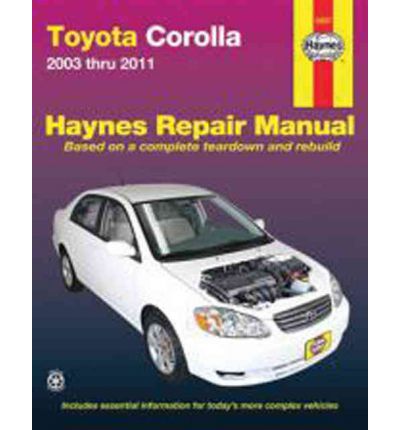Blog entry by Luke Bettencourt
Overview
Heavy equipment downtime is critical for ensuring that projects remain on time and within budget. When equipment breaks down or is out of service, it can halt progress and cause expensive delays. By taking steps to reduce heavy equipment downtime, your equipment will remain operational, improving productivity and reducing overall costs.
Prioritize Routine Maintenance to Prevent Breakdowns
Regular maintenance is essential for identifying potential issues before they result in costly equipment failures. Create a maintenance plan that includes routine checks of key components such as hydraulics, engines, and electrical systems. Preventative maintenance helps catch small problems early, preventing them from turning into major issues that cause downtime.
Utilize Technology to Monitor Equipment and Predict Failures
Telematics can help track equipment usage, detect performance issues, and predict potential failures before they occur. Use telematics to monitor factors such as fuel consumption, engine performance, and fluid levels to identify when maintenance is needed. Telematics allows for better monitoring of equipment health, which leads to fewer breakdowns and more efficient project management.
Ensure Operators Are Well-Trained to Avoid Equipment Damage
Ensuring that operators are trained on proper equipment use is essential for reducing downtime and improving efficiency. Offer regular refresher courses to keep operators up-to-date on new equipment features and operational best practices. By training operators properly, you reduce the chances of mistakes that could result in costly repairs and delays.
Ensure Fast Access to Spare Parts to Minimize Downtime
An on-site inventory of critical components helps minimize the time it takes to get equipment back in service after a breakdown. Maintain an inventory of the most frequently replaced parts to reduce the time spent waiting for shipments and prevent extended downtime. Keeping an inventory of parts helps prevent long delays and allows for rapid repairs, minimizing the impact of breakdowns on project timelines.
5. Regularly Inspect and Replace Worn Components
Proactively replacing parts that show signs of wear helps prevent equipment failure and costly repairs. By addressing worn parts before they fail, you can keep equipment running smoothly and reduce the risk of downtime. Replacing worn components in a timely manner helps ensure that machinery continues to operate efficiently and prevents sudden breakdowns.
Wrapping Up
Reducing heavy equipment downtime is essential for maintaining
project timelines, Jeep Repair Manual (https://dev.to/everymanuals)
reducing costs, and improving overall efficiency. By following
these essential tips for preventing equipment downtime, you can
ensure that your heavy machinery remains operational and
productive throughout the project.
